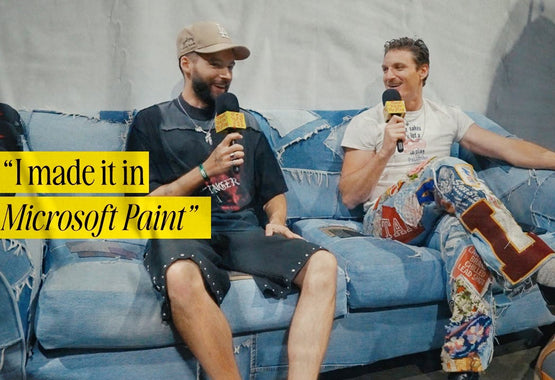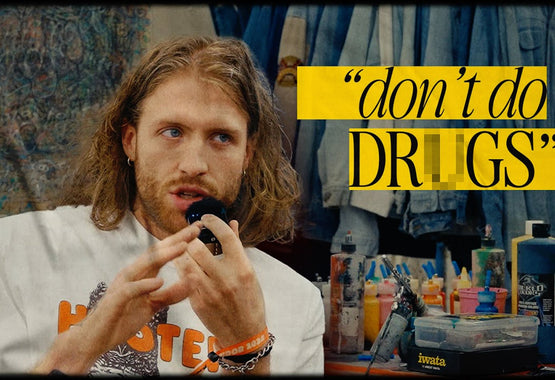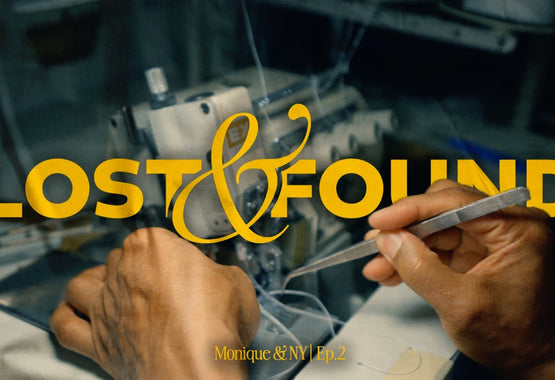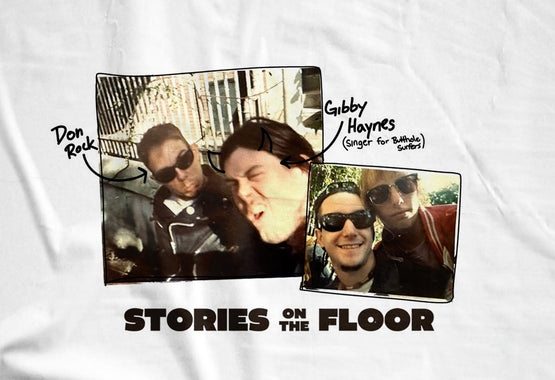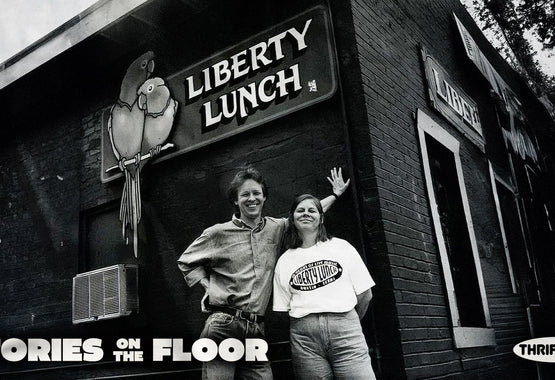Podcast: The Rise Of Retro Influence In Modern Fashion


After a long self-induced hiatus the guys are back discussing the rise of retro influence on modern and popular culture.
For secondhand and vintage enthusiasts, it's often a touchy subject to bring in things like reprints, recycled ideas and just plain copying something that’s already been done. But like Ken and Mars say during the show, sometimes that’s all someone has to build a closet. And there’s a fine line between being a vulture to capitalize on the latest trend and redoing something that’s been beloved by generations before.
Take Levi’s for example. Using the Wayback Machine Ken discovered that there really hasn’t been much of a change in the company’s ethos in the past several years (several decades really if we know our history right). The bottoms Levi’s were pushing then are near exact to the ones available now. This isn’t so much a company going “retro” for the sake of latching onto a trend, rather it’s a company creating the trend and knowing that the classic fits are timeless.
Then there’s the companies that went hard defining an era for a short period of time and then fell completely off. Gecko Hawaii is one of those brands that have ramped up production and social media influence in just the past few years. What it does different than other retro brands acting the same way isn’t so different at all. It’s actually using the old school prints, patterns and cuts to appeal to a whole new generation — over 30 years later. The boisterously neon fits and jam pants reminiscent of days past hit now more than ever. Party on!
So whether you’re for it or against it, the feelings about how companies going retro operate should be the same across the board. Are they simply hitting a few buttons in the mega-production facilities overseas and flooding the stores with instant garbage, or have they worked sustainability into their vertical so that the same fashion beloved now can last just as it has in some of the vintage collections resellers and shoppers amass?
Because at the end of the day that’s what should be considered the most: does it work for the future too or just for right now? If it’s the latter, maybe it’s time to move on.


